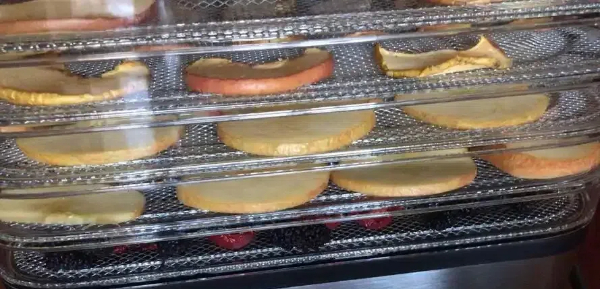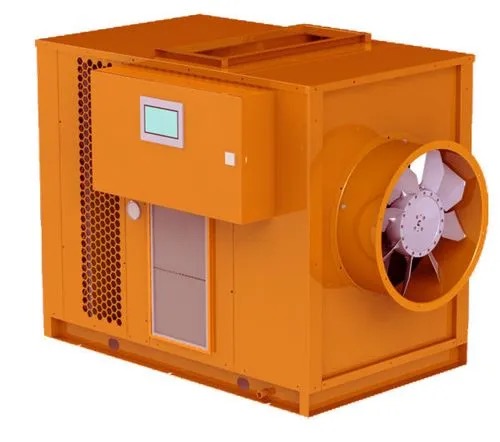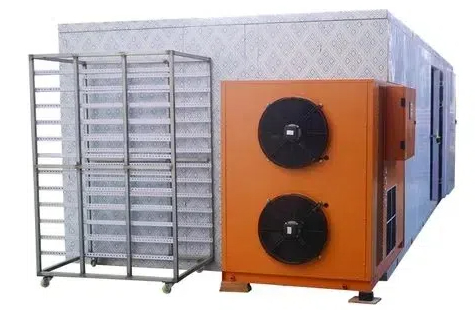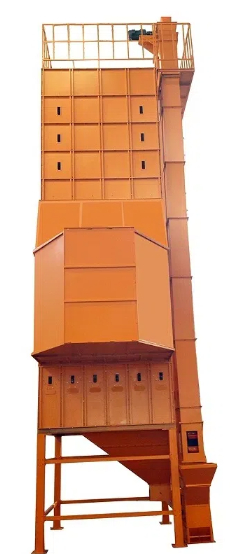
Content Menu
● Introduction
● Understanding Food Drying
● Heat Pump Dryers vs. Conventional Dryers
>> Definition and Working Principle
>> Key Differences in Energy Consumption and Efficiency
>> Advantages and Disadvantages
● Applications of Food Drying Machines
>> Industrial Applications
>> Home Use
● Choosing the Right Food Drying Machine
● Future Trends in Food Drying Technology
● Conclusion
● Frequently Asked Questions
>> 1. What is the main advantage of using a heat pump dryer?
>> 2. Can I use a conventional dryer for food drying?
>> 3. How long does it take to dry food using a heat pump dryer?
>> 4. Are food dehydrators safe to use?
>> 5. What types of food can be dried using these machines?
Introduction
Food drying is a crucial method for preserving food, extending its shelf life, and maintaining its nutritional value. As the demand for efficient food preservation techniques grows, the choice of drying technology becomes increasingly important. Among the various options available, heat pump dryers and conventional dryers stand out. This article explores the differences between these two types of dryers, focusing on their applications in food drying.

Understanding Food Drying
Food drying is a process that removes moisture from food, inhibiting the growth of bacteria, yeasts, and molds. This method not only preserves food but also concentrates flavors and nutrients. The benefits of drying food include:
1. Nutritional Preservation: Drying helps retain vitamins and minerals that might be lost during other preservation methods.
2. Shelf Life Extension: Dried foods can last for months or even years without refrigeration, making them ideal for long-term storage.
3. Convenience: Dried foods are lightweight and easy to transport, making them perfect for camping, hiking, and emergency supplies.
Heat Pump Dryers vs. Conventional Dryers
Definition and Working Principle
Heat Pump Dryers: These dryers use a heat pump system to recycle hot air within the drying chamber. The process involves drawing in air, heating it, and then circulating it through the food. The moisture-laden air is then cooled, causing the moisture to condense and be collected, while the dry air is reused.
Conventional Dryers: Conventional dryers, on the other hand, operate by blowing hot air through the food and then venting the moist air outside. This method typically uses higher temperatures, which can lead to faster drying times but may also result in nutrient loss.
Key Differences in Energy Consumption and Efficiency
Heat pump dryers are known for their energy efficiency. They use significantly less energy compared to conventional dryers, making them a more sustainable option. While conventional dryers may dry food faster due to higher temperatures, they consume more energy and can lead to higher operational costs.

Advantages and Disadvantages
Heat Pump Dryers:
1. Advantages: Energy-efficient, lower operating costs, better for delicate foods.
2. Disadvantages: Longer drying times, higher initial investment.
Conventional Dryers:
1. Advantages: Faster drying times, lower upfront costs.
2. Disadvantages: Higher energy consumption, potential nutrient loss.
Applications of Food Drying Machines
Food drying machines are used in various settings, from industrial food processing plants to home kitchens.
Industrial Applications
In industrial settings, food drying machines are essential for mass production. They are used to dry fruits, vegetables, meats, and herbs, ensuring that products meet safety standards and have a long shelf life. For example, a multi-layer mesh belt food drying machine can efficiently dry large quantities of food while maintaining quality.
Home Use
The popularity of food dehydrators has surged in home kitchens. These compact machines allow individuals to dry fruits, vegetables, and even meats for personal use. They are particularly favored by health-conscious consumers who want to control the ingredients in their snacks.
Choosing the Right Food Drying Machine
When selecting a food drying machine, several factors should be considered:
1. Capacity: Depending on the volume of food to be dried, choose a machine that can handle your needs.
2. Energy Efficiency: Look for models that offer energy-saving features to reduce operational costs.
3. Cost: Consider both the initial investment and the long-term operating costs.
For home users, smaller dehydrators may suffice, while larger operations may require industrial-grade machines.
Future Trends in Food Drying Technology
As technology advances, the food drying industry is witnessing several innovations. These include:
1. Smart Dryers: Machines equipped with sensors and IoT technology that allow for remote monitoring and control.
2. Sustainable Practices: Increased focus on energy-efficient designs and renewable energy sources for drying processes.
Conclusion
Choosing the right food drying method is essential for effective food preservation. Heat pump dryers offer energy efficiency and are suitable for delicate foods, while conventional dryers provide faster drying times. Understanding the differences between these technologies can help consumers and businesses make informed decisions that align with their needs.

Frequently Asked Questions
1. What is the main advantage of using a heat pump dryer?
Heat pump dryers are more energy-efficient, which can lead to lower operating costs over time.
2. Can I use a conventional dryer for food drying?
While conventional dryers can be used, they may not be as effective in preserving nutrients and can lead to higher energy costs.
3. How long does it take to dry food using a heat pump dryer?
Drying times can vary, but heat pump dryers typically take longer than conventional dryers due to their lower operating temperatures.
4. Are food dehydrators safe to use?
Yes, food dehydrators are safe when used according to the manufacturer's instructions and can effectively preserve food.
5. What types of food can be dried using these machines?
A wide variety of foods can be dried, including fruits, vegetables, meats, and herbs, making them versatile for home and industrial use.












